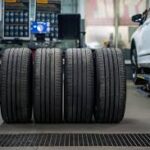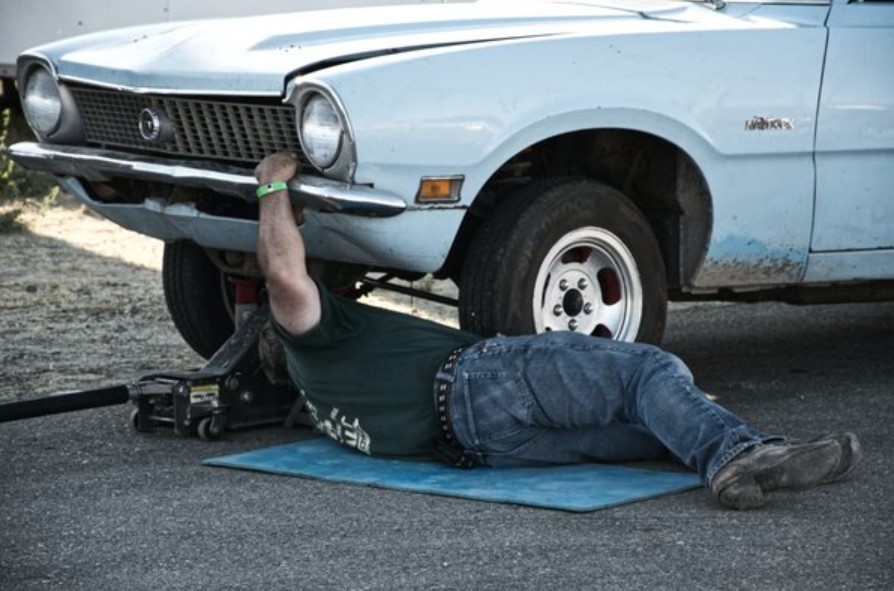Not all cars are created equal—and neither are their repair bills.
While buying a vehicle, most people focus on the purchase price, fuel economy, and maybe even insurance costs. But what about long-term car repair costs? That’s where the real surprises often show up.
In this guide, we’ll break down which car brands typically cost more to repair, why that’s the case, and how you can manage or avoid high repair bills, no matter what brand you drive.
🔧 Why Repair Costs Vary by Brand
Some vehicles are more expensive to fix than others, and that’s not always due to quality. Here’s what influences brand-specific repair costs:
1. Parts Availability
- Common brands (like Ford, Toyota, or Honda) have widespread parts availability, which means lower costs and faster service.
- Luxury or rare brands (like Audi, BMW, or Land Rover) often require special-order parts, which drives up prices.
2. Labor Time & Complexity
- Some brands are engineered for easy access, reducing labor time.
- Others require more labor to reach common components, inflating the repair bill.
3. Specialized Equipment or Training
- Certain brands (especially German and European luxury cars) require brand-specific diagnostic tools and certified technicians, which increases shop rates.
4. Technology Features
- Vehicles with more tech, sensors, cameras, and electronics cost more to repair when anything fails.
💸 Brands with the Lowest Average Repair Costs
According to industry data (e.g., RepairPal, YourMechanic, Consumer Reports), these brands generally have lower-than-average annual repair costs:
|
Brand |
Avg. Annual Repair Cost |
Why It’s Low |
|
Toyota |
~$400 |
Reliable engines, easy-to-find parts |
|
Honda |
~$428 |
Durable components, strong engineering |
|
Mazda |
~$462 |
Simple designs, strong reliability |
|
Hyundai |
~$468 |
Good warranties, common parts |
|
Kia |
~$474 |
Economical models, shared platforms |
|
Subaru |
~$617 |
Higher than Honda/Toyota but still solid |
✅ Mechanic Tip:
“Japanese brands like Toyota and Honda are built for longevity and are usually easier to work on. Even when repairs are needed, they’re rarely expensive.”
💰 Brands with the Highest Repair Costs
These brands tend to carry higher-than-average repair costs due to complexity, luxury features, or limited parts access:
|
Brand |
Avg. Annual Repair Cost |
Why It’s High |
|
BMW |
~$968 |
Labor-intensive repairs, expensive parts |
|
Mercedes-Benz |
~$908 |
Advanced tech, requires specialized tools |
|
Land Rover |
~$1,174 |
Frequent issues, costly parts |
|
Audi |
~$987 |
High-end electronics, Euro-specific systems |
|
Volvo |
~$769 |
Unique systems, fewer mechanics trained |
|
Cadillac |
~$783 |
Luxury-grade materials and electronics |
⚠️ Mechanic Insight:
“BMW and Mercedes are precision machines—but you pay for that precision. Even routine services like oil changes or brake pads can cost double the average.”
🚘 Mid-Range Brands (Moderate Repair Costs)
These fall somewhere in the middle: not too expensive, but not dirt cheap either.
|
Brand |
Avg. Annual Repair Cost |
|
Ford |
~$775 |
|
Chevrolet |
~$649 |
|
Jeep |
~$634 |
|
Nissan |
~$500 |
|
Volkswagen |
~$676 |
🧰 Note: American vehicles often have cheaper parts but may have more frequent repair needs depending on the model and year.
🧮 Other Cost Factors (Beyond the Brand)
Even within one brand, repair costs can vary by model, year, and condition. Here’s what else can influence the price you pay:
🔹 Model Complexity
Luxury trims or performance editions cost more to fix.
🔹 Age of the Vehicle
Older vehicles may require more frequent repairs, while newer ones may still be under warranty.
🔹 Location
Labor rates in urban areas can be 25–50% higher than rural locations.
🔹 Maintenance History
Well-maintained vehicles often need fewer and less expensive repairs.
🧠 How to Manage High Repair Costs (Whatever You Drive)
Even if you own a brand known for higher costs, you can reduce the financial impact with these smart strategies:
✅ 1. Find an Independent Mechanic
Dealerships charge premium labor rates. A reputable independent shop can often do the same work for 30–40% less.
✅ 2. Do Preventive Maintenance
Fixing small problems early prevents expensive repairs later. Follow the maintenance schedule religiously.
✅ 3. Buy Aftermarket or Rebuilt Parts (When Safe)
For non-critical parts, aftermarket options can be 50% cheaper than OEM.
✅ 4. Consider an Extended Warranty (for Luxury Brands)
If you’re driving an Audi, BMW, or Land Rover out of warranty, a third-party extended service contract might save you from a $5,000+ surprise.
✅ 5. Learn Some DIY Basics
Oil changes, air filter swaps, and even brake pad replacements are within reach for many drivers and can save hundreds yearly.
📊 Quick Repair Cost Comparison by Brand
|
Brand |
Avg. Annual Cost |
Notes |
|
Toyota |
$400 |
Most affordable, excellent reliability |
|
Honda |
$428 |
Low cost, high durability |
|
Hyundai |
$468 |
Good warranty support |
|
Ford |
$775 |
Moderate, varies by model |
|
Chevrolet |
$649 |
Parts are widely available |
|
BMW |
$968 |
High-end systems, high costs |
|
Audi |
$987 |
Expensive electronics, sensors |
|
Land Rover |
$1,174 |
Most expensive brand to repair |
|
Mercedes-Benz |
$908 |
Premium quality = premium costs |
|
Subaru |
$617 |
Good overall, higher AWD complexity |
🏁 Final Thoughts: Choose Smart, Not Just Stylish
When shopping for a car—or budgeting for repairs—brand reputation matters. But don’t stop at logos and luxury. Look into long-term repair costs, parts pricing, and how easy it is to service the vehicle.
You don’t have to buy the cheapest-to-repair brand—but you should go in with your eyes open. After all, the true cost of car ownership doesn’t stop at the dealership lot.
- Car Repair Costs by Brand – Which Vehicles Cost More?
- In this guide, we’ll break down which car brands typically cost more to repair, why that’s the case, and how you can manage or avoid high repair bills, no matter what brand you drive.
- car repair
Related posts:
 Finding the Right MOT Centre Near Me: Why NH Service Center Ltd Is Milton Keynes’ Trusted Choice
Finding the Right MOT Centre Near Me: Why NH Service Center Ltd Is Milton Keynes’ Trusted Choice
 Why More UK Drivers Are Switching to Japanese Used Cars with Nobuko Japan
Why More UK Drivers Are Switching to Japanese Used Cars with Nobuko Japan
 Electric Skateboards: Revolutionizing Urban Travel and Commuting
Electric Skateboards: Revolutionizing Urban Travel and Commuting
 Importance of Employee Training and Certification in Service Quality Assurance
Importance of Employee Training and Certification in Service Quality Assurance
 From Basic Service to Complex Repairs: One Trusted Garage for Your German Car in Abu Dhabi
From Basic Service to Complex Repairs: One Trusted Garage for Your German Car in Abu Dhabi
 Why the VW Beetle Engine Model Kit is a Must-Have for Automotive Hobbyists
Why the VW Beetle Engine Model Kit is a Must-Have for Automotive Hobbyists
 Unlock Your Potential with Unichrone’s Attention Management Certification
Unlock Your Potential with Unichrone’s Attention Management Certification
 Autonomous Ride-Hailing is Here: What to Know About the Robotaxi Market
Autonomous Ride-Hailing is Here: What to Know About the Robotaxi Market







